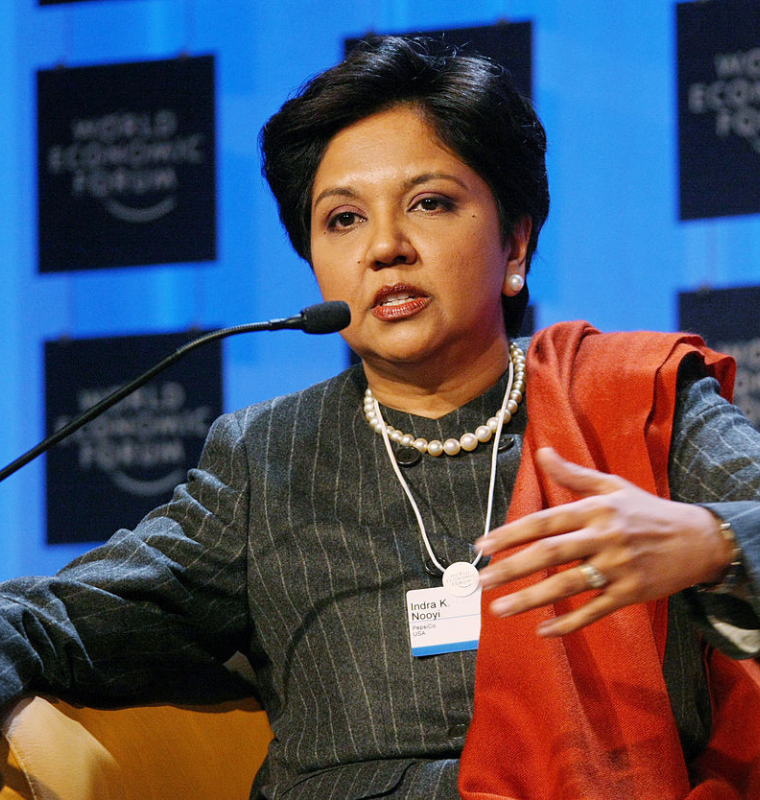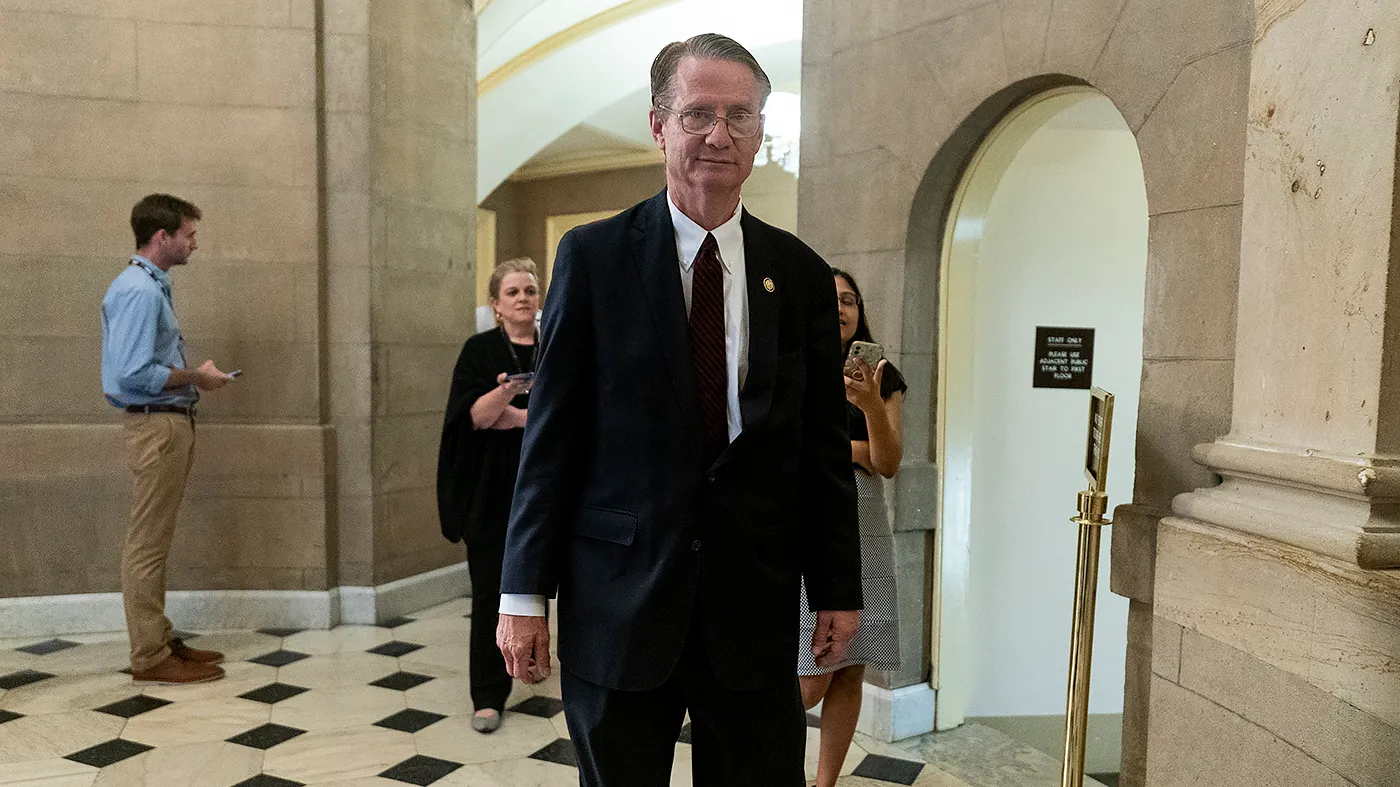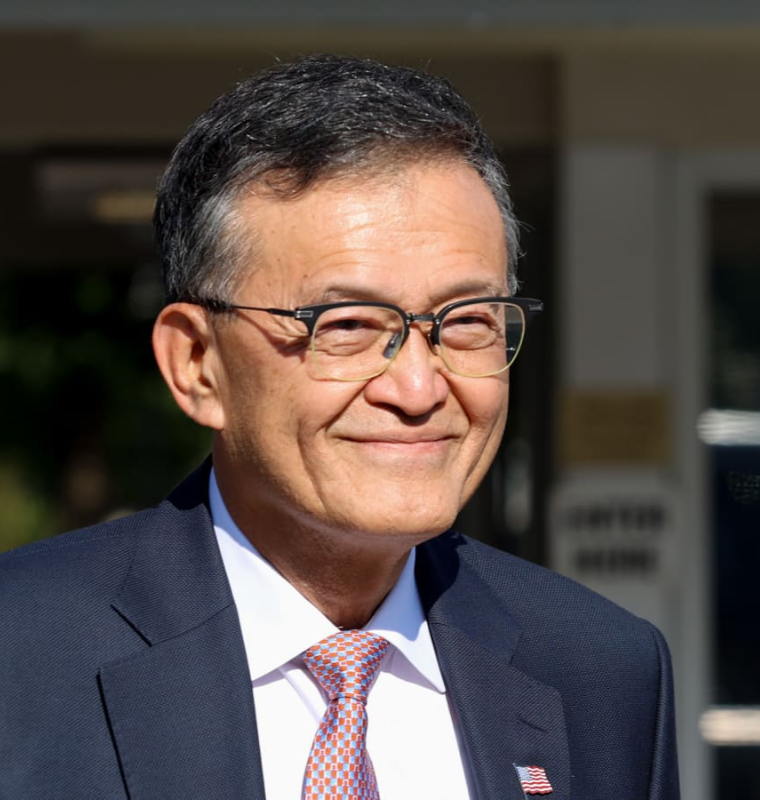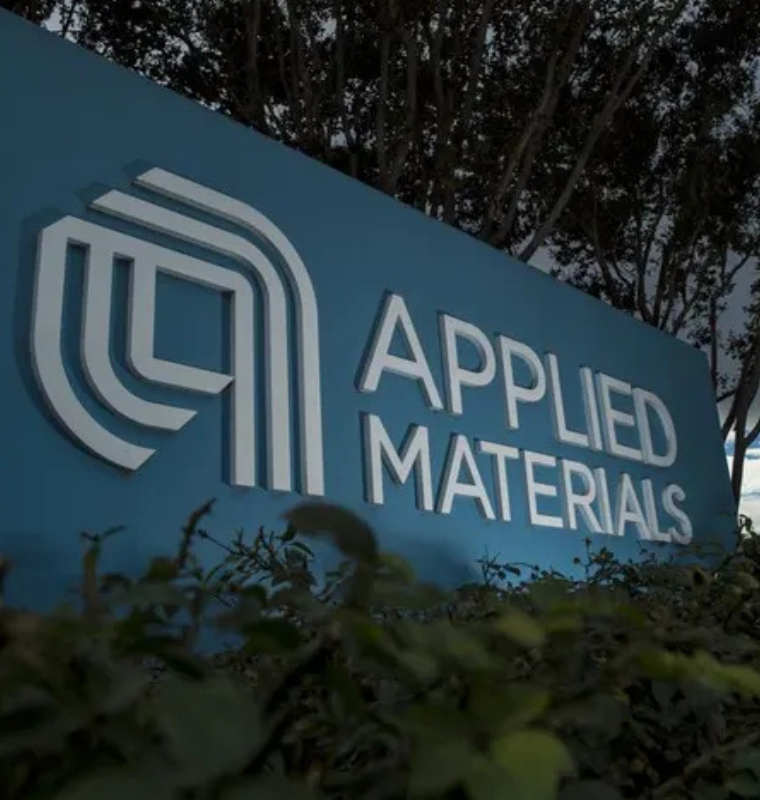U.S. and China Finalize Trade Implementation Deal, Paving Way for Eased Tech and Export Controls
U.S. and China Finalize Trade Implementation Deal, Paving Way for Eased Tech and Export Controls
By
Calder Monroe
Last updated:
June 27, 2025
First Published:
August 3, 2025

Photo: Fox Business
A New Phase in U.S.-China Trade Relations
In a significant step toward stabilizing one of the world’s most closely-watched trade relationships, the United States and China have confirmed the terms of a trade implementation framework centered on easing restrictions on technology and rare earth exports. The announcement was made on Friday by China’s Ministry of Commerce, marking a continuation of efforts that began with the Geneva consensus talks in mid-May.
According to the ministry’s statement, China will begin processing and approving export licenses for items that fall under its export control laws. Meanwhile, the United States has agreed to roll back a series of restrictions it had previously imposed on Chinese entities. While the statement did not specify which exact measures would be lifted, the move signals a gradual return to policy normalcy following years of tit-for-tat tariffs and escalating tensions.
The announcement comes just a day after former President Donald Trump stated during a White House event, “We just signed with China yesterday.” The White House later clarified that the two sides had finalized a mutual understanding of how to implement the Geneva agreement — a long-contested framework first negotiated in Switzerland earlier this year.
What the Agreement Covers
The finalized trade framework builds upon a high-level agreement reached in London earlier this month. After two days of intense negotiations, U.S. Treasury Secretary Scott Bessent and Chinese Vice Premier He Lifeng brokered terms that clarify enforcement mechanisms for the Geneva consensus.
Key provisions of the latest understanding include:
- China’s Commitment to Export Reviews: Beijing will approve export applications for materials falling under export control regulations — a move intended to facilitate rare earth trade, especially for items vital to the electronics and defense sectors.
- U.S. Eases Tech Restrictions: The U.S. has agreed to eliminate a range of existing restrictions on Chinese firms, likely affecting both commercial tech and some academic or research partnerships.
The London accord, in particular, is being credited with halting what had become an increasingly strained economic dialogue, with both countries previously accusing the other of breaching the Geneva trade deal.
Lingering Concerns and Strategic Caution
Despite the optimistic tone of the announcement, experts urge a cautious outlook. Alfredo Montufar-Helu, senior advisor at The Conference Board’s China Center, emphasized that there are still ambiguities surrounding which specific rare earth export curbs will be lifted.
“Rare earth elements are too important to national security on both sides,” he noted. “We’re unlikely to see full liberalization. At best, trade in some components — excluding defense-critical ones like magnets — might resume with conditional approvals.”
Rare earth minerals — including neodymium, praseodymium, and dysprosium — are essential for producing electric vehicles, wind turbines, advanced military equipment, and high-performance electronics. China currently controls over 60% of global rare earth production, making this area a key point of leverage in trade negotiations.
Background: From Geneva to London
This latest announcement follows the preliminary Geneva agreement in May, where both parties had agreed to suspend most tariffs on each other’s goods for 90 days. However, the deal soon hit a roadblock over China’s hesitancy to lift export curbs on rare earths and the U.S. ramping up visa restrictions for Chinese tech students and tightening scrutiny over academic exchanges.
In that context, the London talks served as a reset, allowing both countries to renegotiate implementation terms without fully walking away from the Geneva framework.
Final Thoughts
This trade deal marks a cautiously optimistic milestone in U.S.-China relations. While not a sweeping reset, it represents a necessary course correction in one of the world’s most important economic partnerships. Both countries stand to benefit from even partial trade normalization — particularly in sectors such as semiconductors, green tech, and high-end manufacturing — but experts agree: trust will only be rebuilt through consistent follow-through and clearer communication.
Popular articles
Subscribe to unlock premium content
Indra Nooyi’s Strategic Vision at PepsiCo: Balancing Profitability with Purpose

Nike’s Direct-to-Consumer Revolution: How Cutting Retailers Boosted Profits and Control

Spotifys Playlist Power Turning Music Curation Into An Advertising Goldmine

Indra Nooyi’s Strategic Vision at PepsiCo: Balancing Profitability with Purpose

Nike’s Direct-to-Consumer Revolution: How Cutting Retailers Boosted Profits and Control

Indra Nooyi’s Strategic Vision at PepsiCo: Balancing Profitability with Purpose









